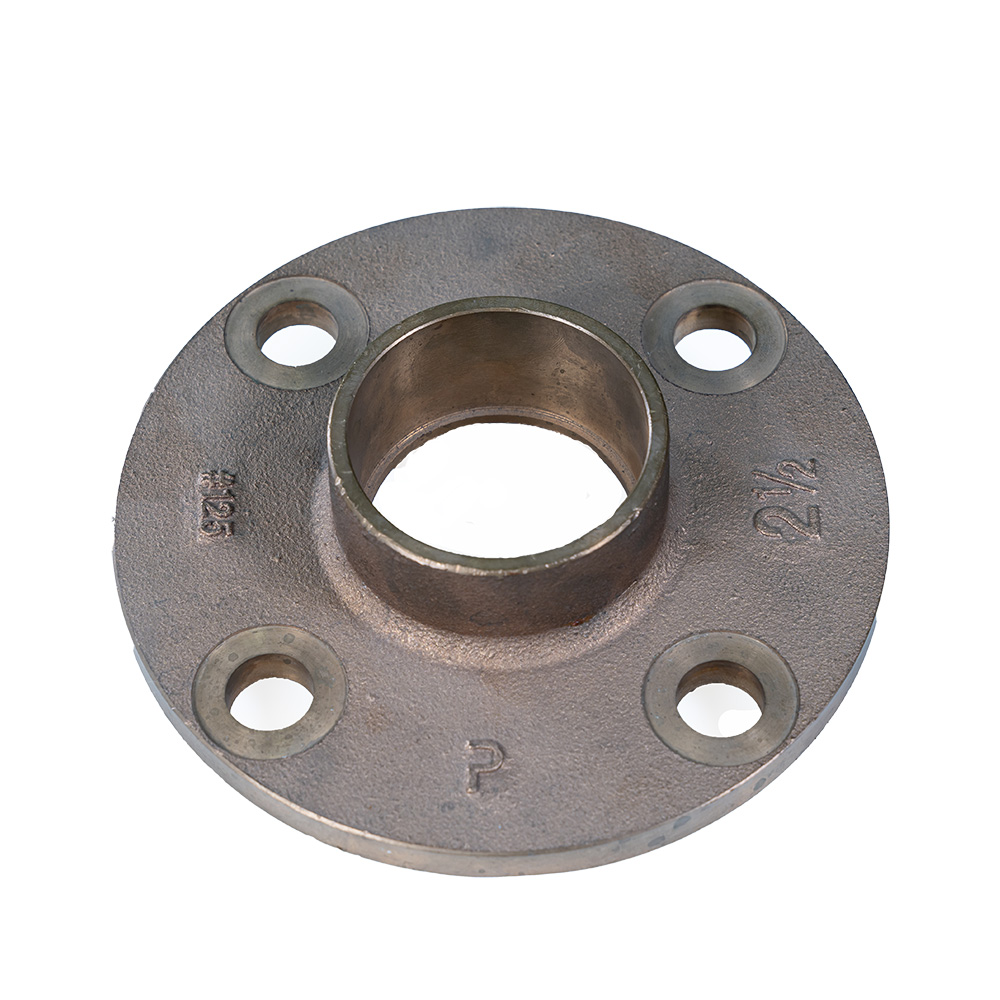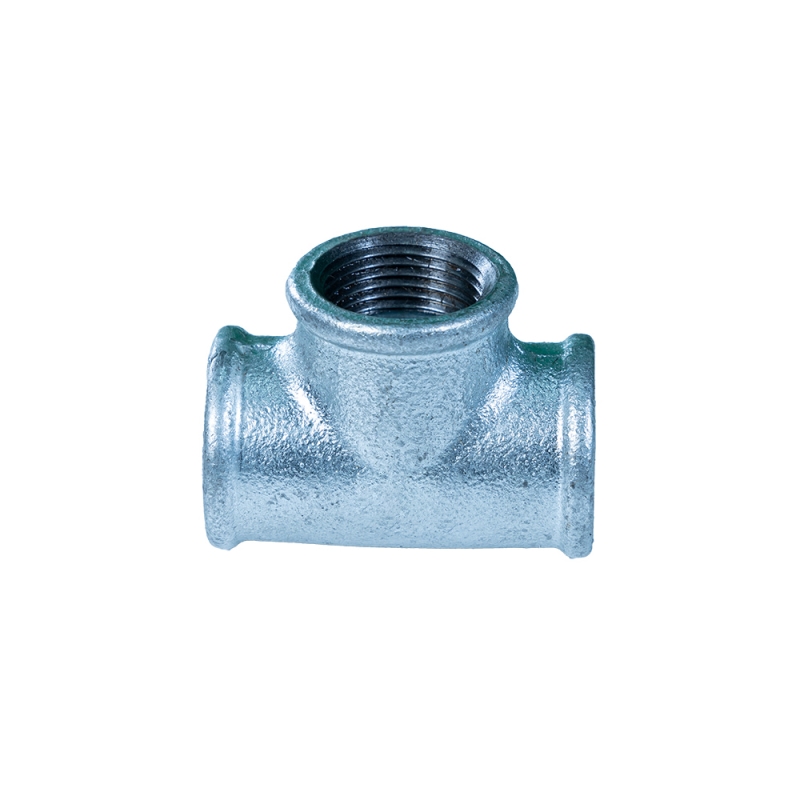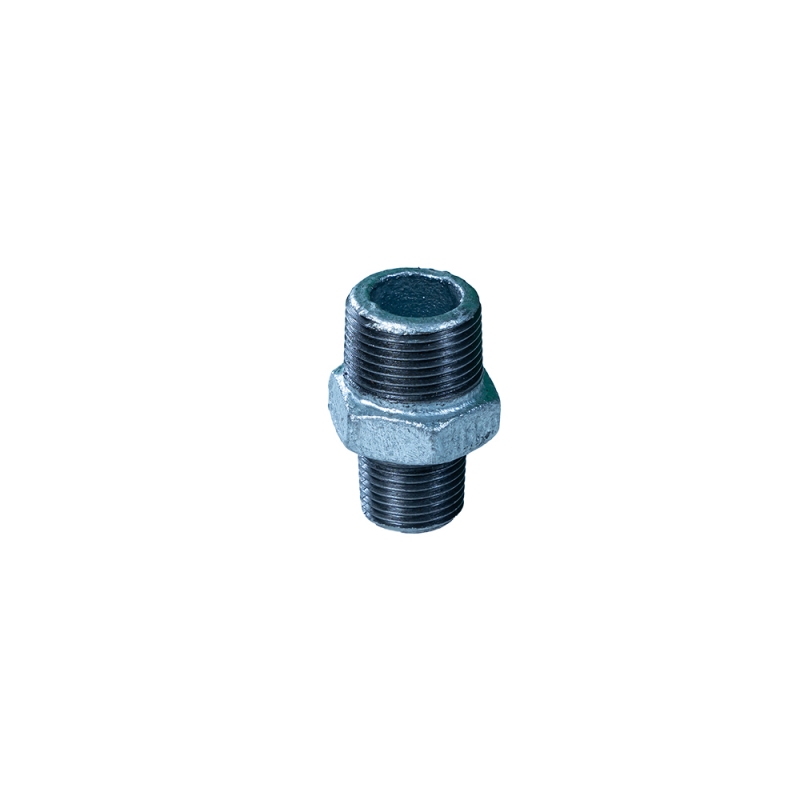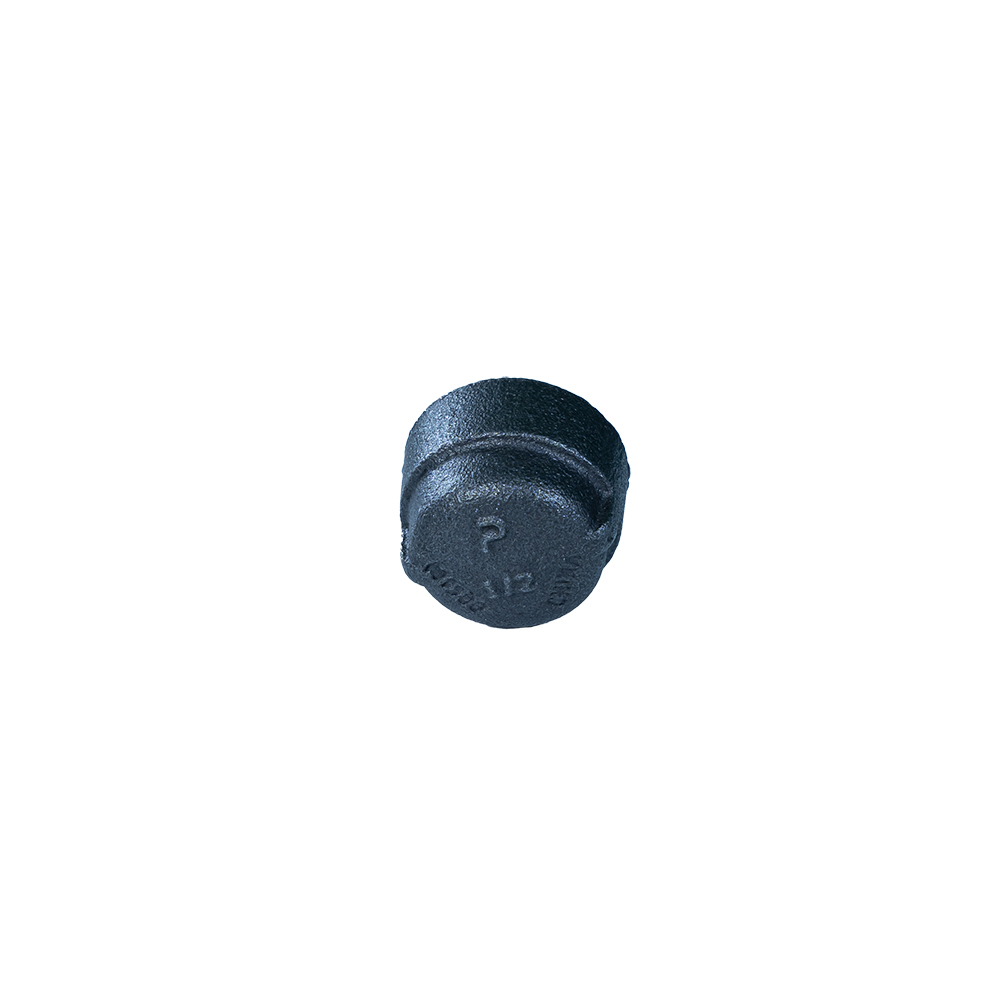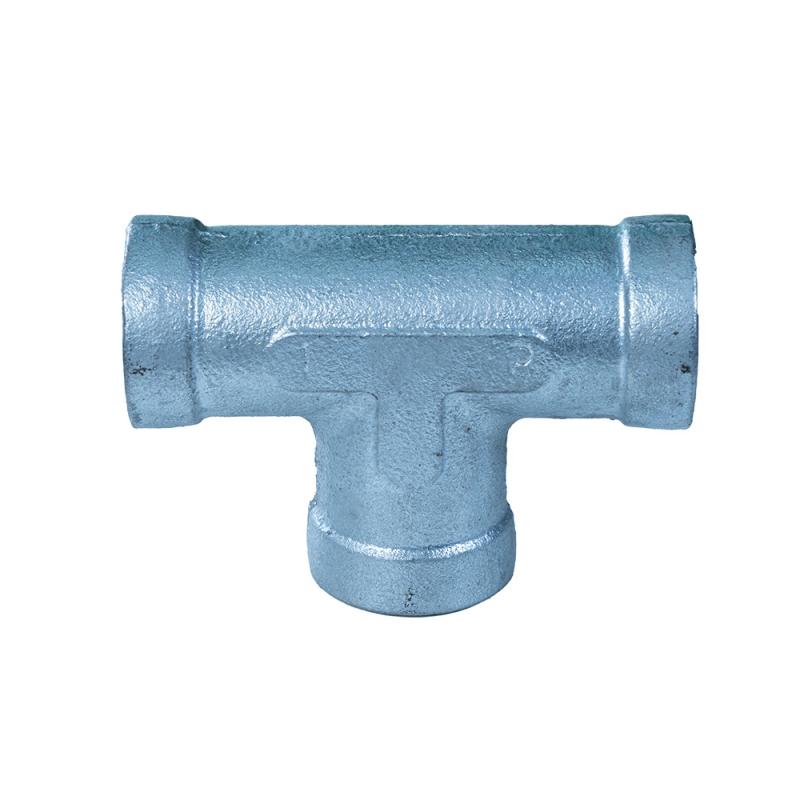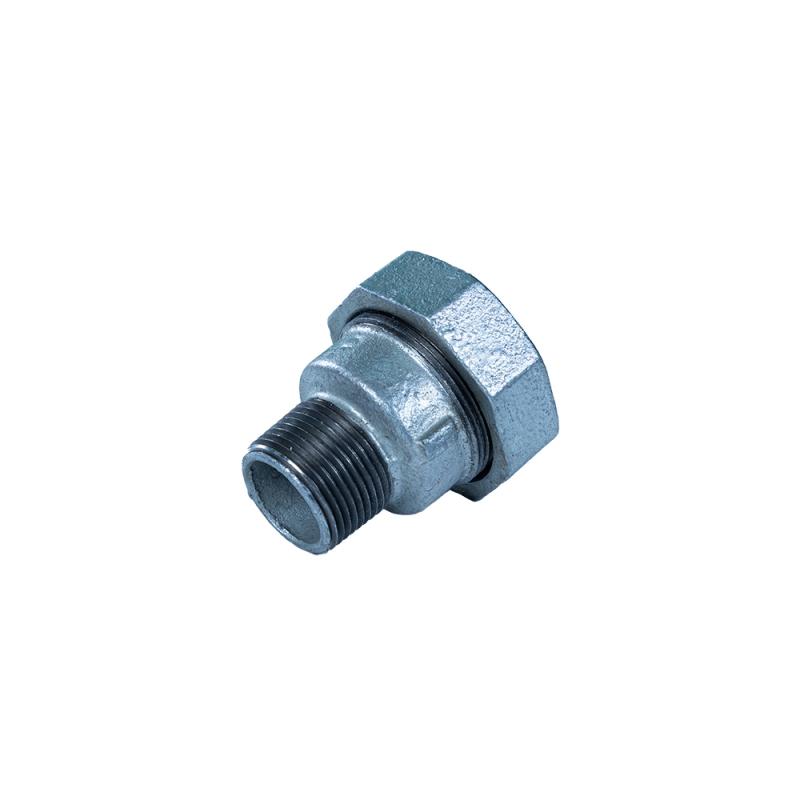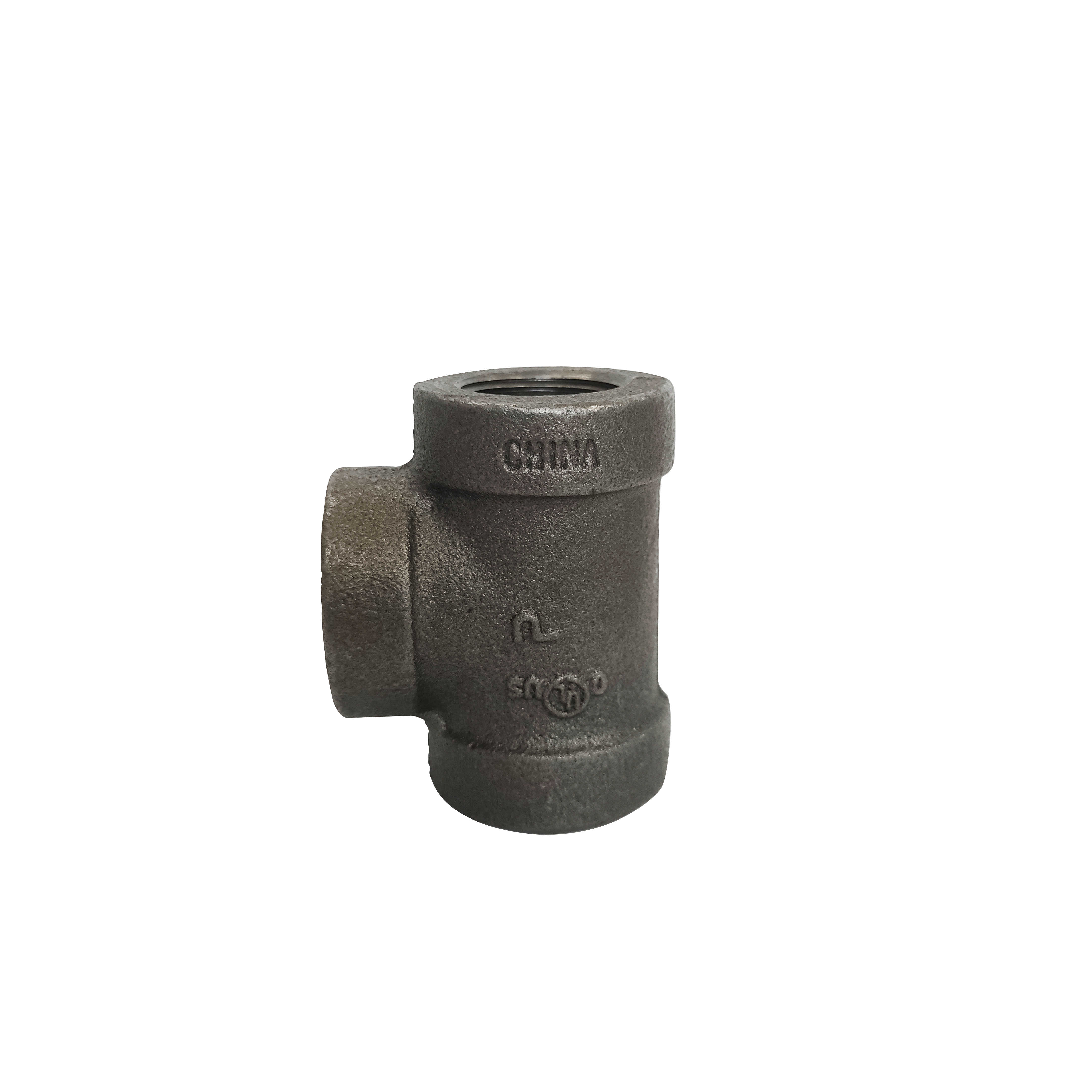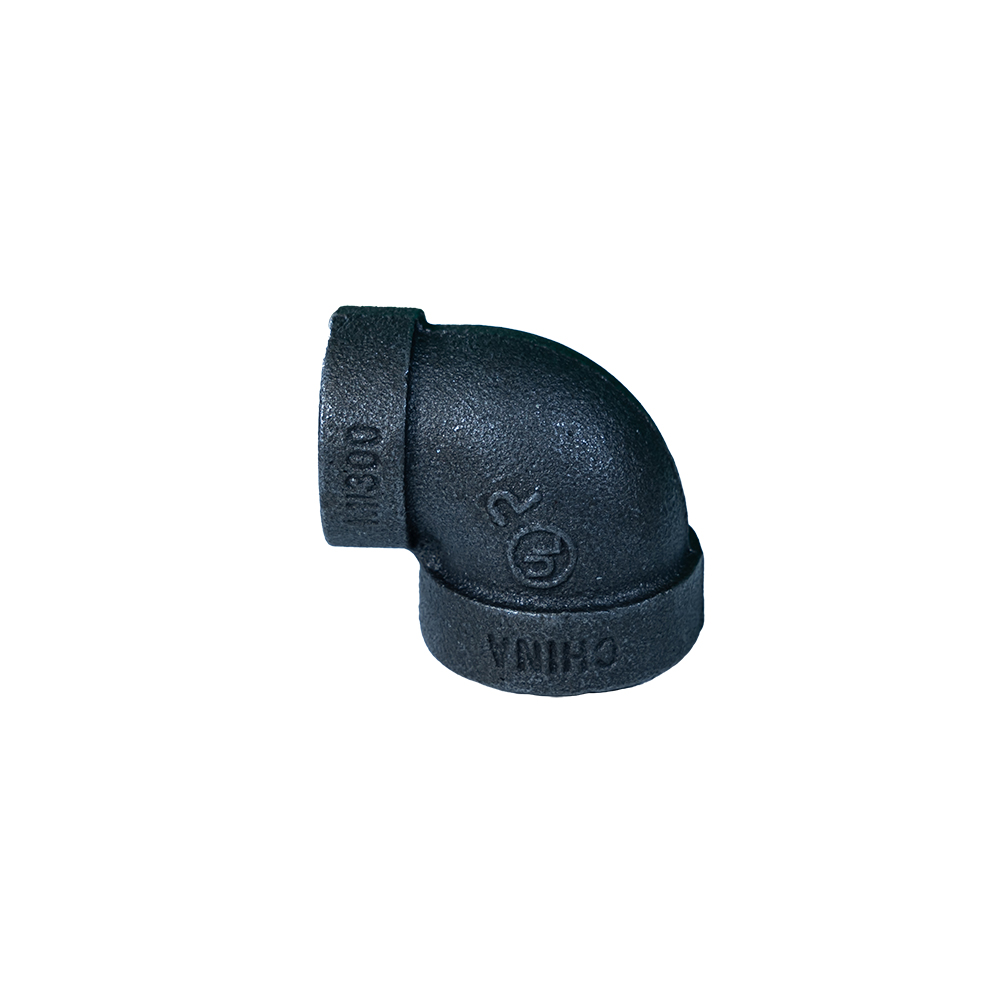In the evolving world of industrial piping solutions, side outlet elbows—also known as outlet elbow, elbow with side outlet, and side outlet elbow 1 2—play a pivotal role in structural frameworks, pipe routing, and flow direction control. This in-depth guide covers key industry trends, advanced manufacturing processes, data-driven product comparisons, and hands-on application experiences for the leading product in this category: Side Outlet Elbow 150 Class NPT.
Industry Trends: The Rise and Evolution of Side Outlet Elbows
- According to a 2023 Market Research Future report, the global pipe fitting market—including side outlet elbows—is projected to exceed USD 15 billion by 2026, with CAGR above 5.2%.
- Applications span petrochemical, water treatment, metallurgy, building frame systems, and specialized process piping, with growth driven by infrastructure modernization and stricter safety standards (ANSI/ASME, ISO).
- Material innovation (stainless, carbon, alloy steels, and nonferrous) and precision CNC manufacturing are fueling industry upgrades, achieving tighter tolerances and longer service lifespans.
What Are Side Outlet Elbows?
A side outlet elbow is a specially designed pipe fitting providing three-way flow direction or support points from a single elbow, comprising an inlet, an outlet at a 90° angle, and a perpendicular side outlet. This T-shaped geometry enables:
- Multi-directional support
- Branching for auxiliary pipelines or structure arms
- Optimized space utilization and reduced joint count
Specifically, Side Outlet Elbow 150 Class NPT features female National Pipe Thread (NPT) connections, 150 lb pressure class, and is manufactured according to ISO, ANSI/ASME standards.

Technical Specifications Table: Side Outlet Elbows (Industry Standards)
| Product Name | Material | Pressure Class | Connection | Standards | Size Range | Operating Temp. | Usage Life |
|---|---|---|---|---|---|---|---|
| Side Outlet Elbow 150 Class NPT | Ductile Iron, Stainless 304/316, Carbon Steel | 150 lb | NPT Female | ASTM A536, ISO 49, ANSI B16.3 | 1/4" – 2" | -29°C to +343°C | >30 years |
| Elbow With Side Outlet | Stainless 316, Mal. Iron | 150 – 300 lb | Threaded / Welded | ASME B16.11 | 1/2" – 4" | -40°C to +400°C | 25-35 years |
| Outlet Elbow (Custom) | Alloy Steel, PVC, Brass | 100-300 psi | Socket Weld / Flanged | DIN, JIS | 1/2" – 3" | -10°C to +120°C | 15-28 years |
Manufacturing Process Flow: Side Outlet Elbows
- Raw Material Selection – Certified billets or recycled grades (ductile iron, SS, carbon steel), pre-tested for purity.
-
Precision Casting or Forging –
- Sand/Mold Casting for intricate geometry: Yields seamless inner surfaces.
- Hot Forging for strength: Maintains fiber structure, extra pressure rating.
- CNC Machining – All surfaces, threads (NPT/BSP), and dimensions machined to ±0.01mm tolerance.
- Heat Treatment – Achieves target microstructure, corrosion resistance, and stress relief.
- Nondestructive Testing (NDT) – 100% inspected by X-ray, hydrostatic, and ultrasonic methods to ISO/ANSI protocols.
- Surface Finishing & Anti-corrosive Coating – Galvanization, epoxy, or PTFE, based on client need.
- Final QC and Packaging – Each elbow serialized, certified, and packed per EN/ASTM export standards.
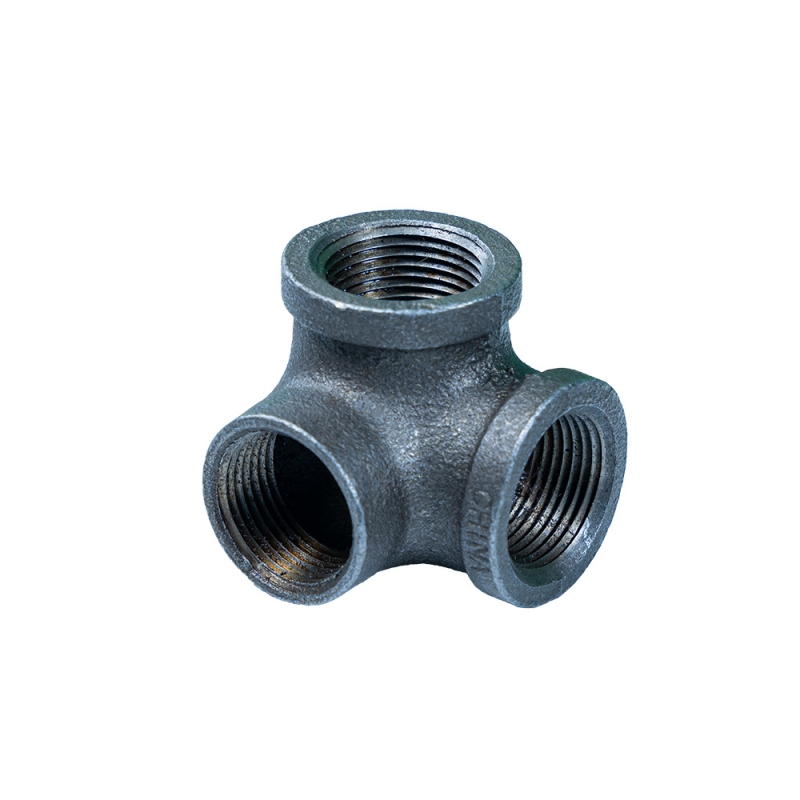
Key Technical Parameters & Trend Visualization
Product Comparison & Market Data Visualization
Process Flow Diagram: Side Outlet Elbow Production
Application Scenarios & Advantages of Side Outlet Elbows
- Petrochemical Pipelines — Enable compact multi-branch distribution and corrosion-resistant flow paths (e.g., sulfur, alkali lines).
- Structural Framing — Connect vertical, horizontal, and diagonal members efficiently; reduce welding, enhance assembly speed.
- Water Treatment Plants — Allow for integrated drainage and chemical dosing or sampling lines via the side outlet; compliance with FDA (for potable-water variants).
- Metallurgy & Smelting — Applications requiring high thermal cycling, with side outlet elbows sustaining >300°C operation for >25 years (see ISO/ANSI tests).
- Industrial and Commercial Construction — Used for guardrails, handrails, and support frameworks, replacing multiple joints with one elbow node.
In 2022, a leading European water utility replaced welded tees with Side Outlet Elbow 150 Class NPT for over 12km of treatment pipeline. As a result, field assembly time decreased by 34%, leakage risk dropped by 50%, and maintenance costs were reduced by an estimated USD 63,000 in the first operational year (source: UK Water Projects Journal).
Technical Superiority: Why Choose Side Outlet Elbow 150 Class NPT?
- Anti-corrosive Material Choice: Ductile iron with epoxy coating (tested to ISO 9227, 1200+ hours salt spray), 304/316 stainless, or carbon steel for application-specific environments.
- Superior Machining Accuracy: Threading tolerance within ±0.01mm, ensuring leak-tight NPT (ANSI B1.20.1) connections across 1/4”–2” range.
- High Pressure Resistance: Certified for 150 lb per ASME B16.3, with burst testing exceeding 220 psi (ASME Data Journal).
- Long Lifecycle: ≥30-year use in continuous industrial service, validated by 20,000+ fatigue cycles (ISO 15848-1).
- Universal Certification: Each batch is ISO 9001:2015, ANSI/UL, and CE marked, with mill test reports provided.
Manufacturer Comparison: Side Outlet Elbow 150 Class NPT vs. Top Competitors
| Parameter | Pannext (150 NPT) | Smith-Cooper | Anvil | Mueller |
|---|---|---|---|---|
| Pressure Class | 150 lb (ANSI) | 125/150 lb | 150 lb | 125 lb |
| Main Materials | Ductile Iron, SS304/316 | Malleable Iron | Cast Iron, Carbon Steel | Ductile Iron |
| Thread Standards | NPT (ANSI B1.20.1) | NPT/BSP | NPT | NPT/BSPT |
| Service Life | ≥30 yrs | 20 yrs | 20-25 yrs | 22 yrs |
| Certifications | ISO, ANSI, CE, FM/UL | UL/FM | UL/FM/CSA | ISO, UL |
| Custom Options | Yes: size, threading, coating | No | Limited | No |
| Avg. Delivery | 2-4 wks | 4-6 wks | 5-7 wks | 6+ wks |
Customized Side Outlet Elbows: Service & Solution Process
- Application Consultation: Engineering team reviews drawings, technical specs, and fluid compatibility.
- Material Proposal: Recommend best grade based on corrosion, temperature, pressure profile; e.g., ASTM A351 (SS), A536 (Iron).
- 3D Modeling & Prototyping: Custom geometry, port angles, and special finishes via CAD/CAM design.
- Sample Testing: Provide samples for salt spray, pressure burst, and dimension verification (to ISO/ASME).
- Production & Delivery: Mass production with batch traceability; average lead time: 2-4 weeks.
- After-Sales Support: Lifetime technical advisory, on-site/remote installation guidance, rapid warranty claims.
FAQs: Professional FAQ on Side Outlet Elbows
- 1. What materials are most commonly used for side outlet elbows?
- Ductile iron, carbon steel, and stainless steel (304/316) are industry favorites for their mechanical strength and corrosion resistance. For high-purity or potable water, FDA-listed and epoxy-coated variants per ISO 9227 are available.
- 2. What's the difference between NPT and BSP threading?
- NPT (National Pipe Taper) is the American standard (ANSI B1.20.1), with a 60° thread angle, allowing self-sealing via thread taper. BSP (British Standard Pipe) uses a 55° angle, common in EU and Asia. Always match thread type to avoid leakage.
- 3. Can side outlet elbows be used in high-pressure systems?
- The standard 150 lb class withstands 150 psi per ASME B16.3, suitable for most process fluids and industrial water. For needs above 200 psi, custom-forged elbows or 300 lb class (ASME B16.11) are advised.
- 4. Is certification mandatory for all project uses?
- Yes; for infrastructure, insurance, or export, products must be ISO/CE/FM/UL certified. Side Outlet Elbow 150 Class NPT comes fully certified and test-traced for quality assurance.
Post time: Jul-30-2025


